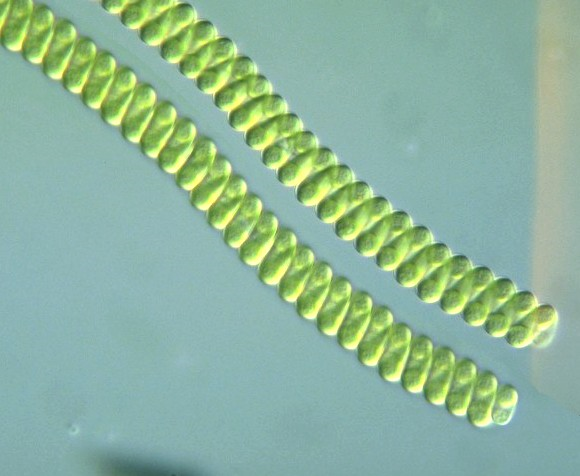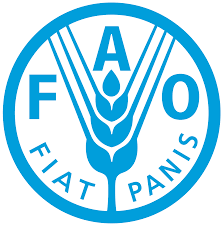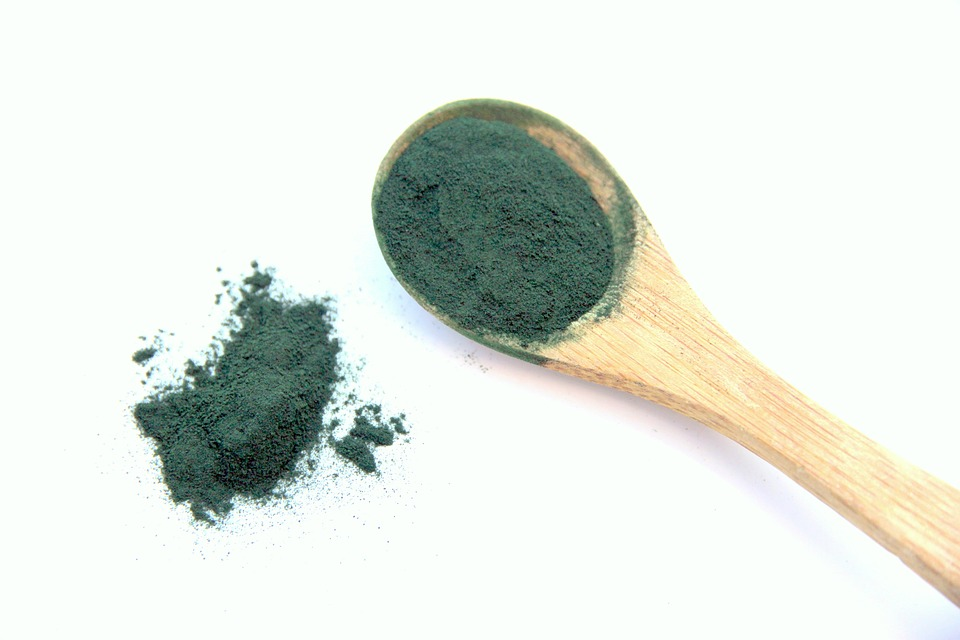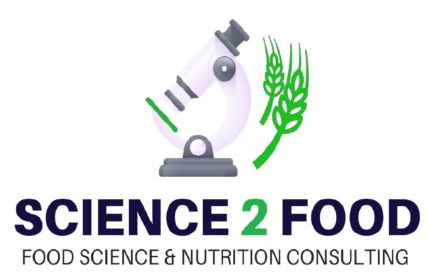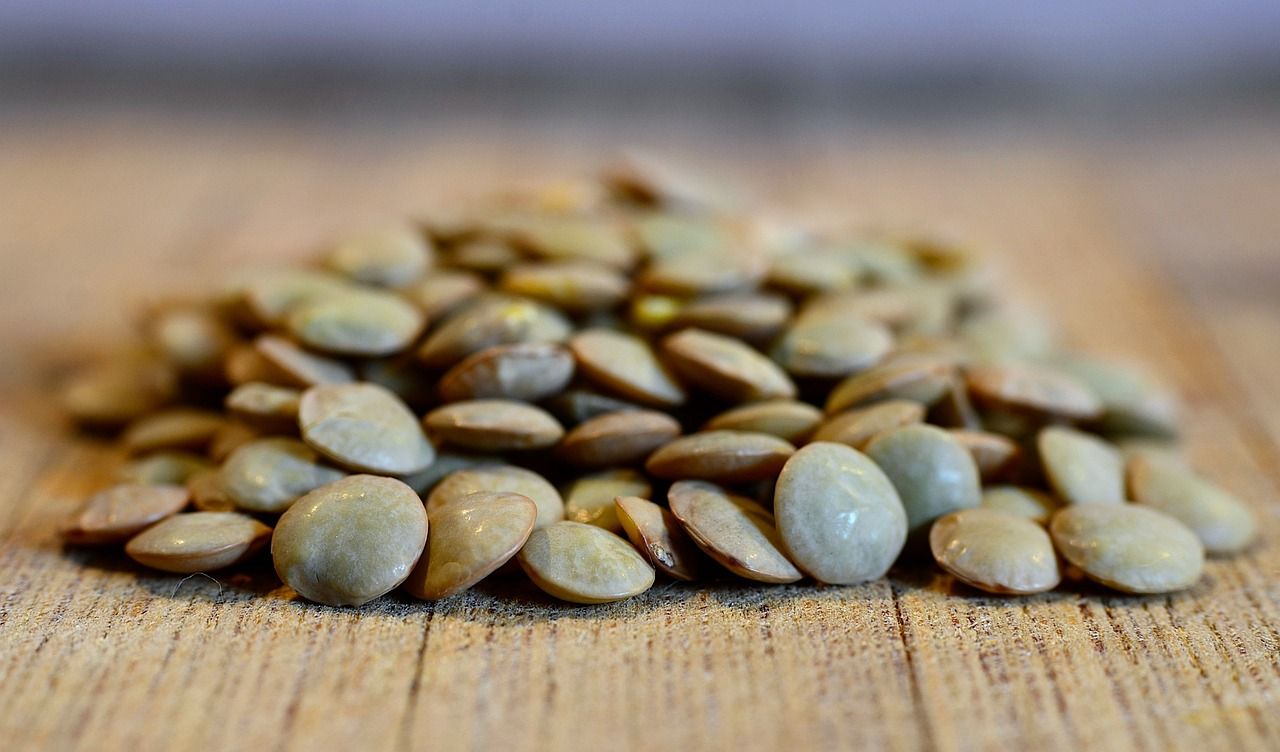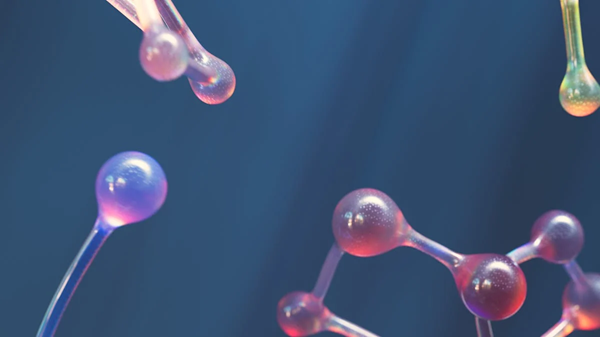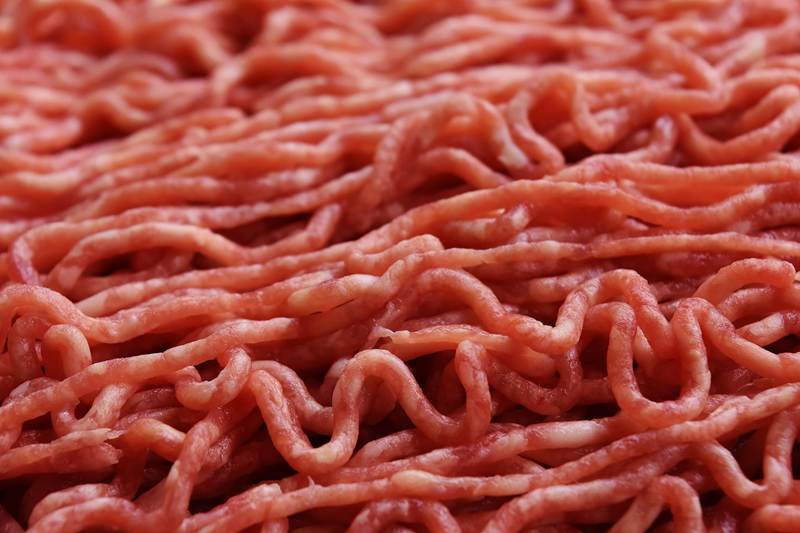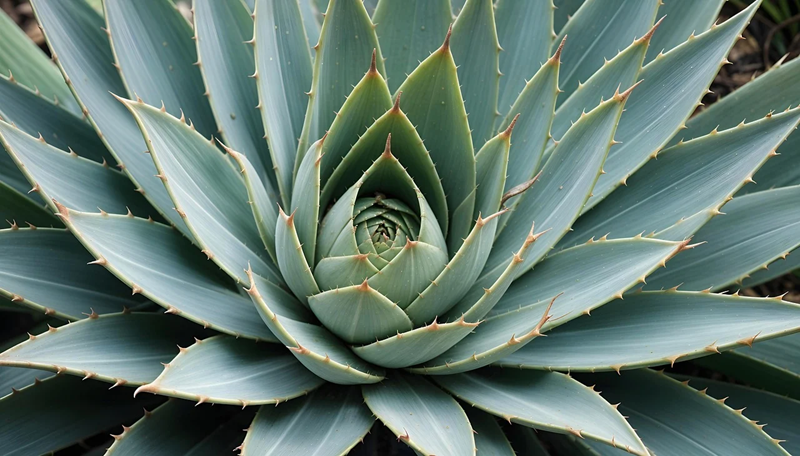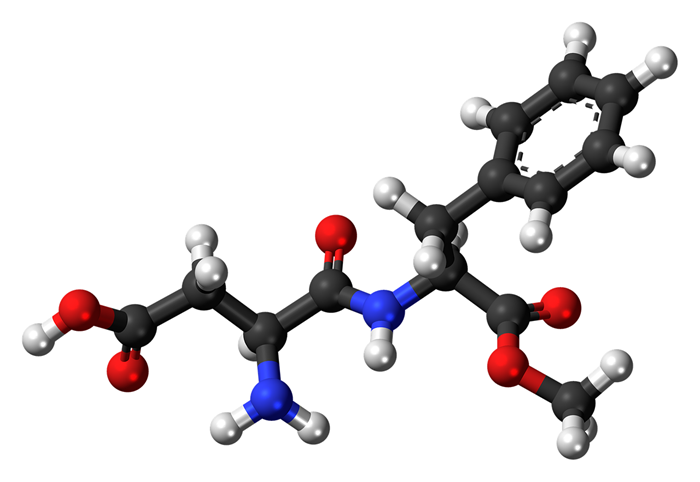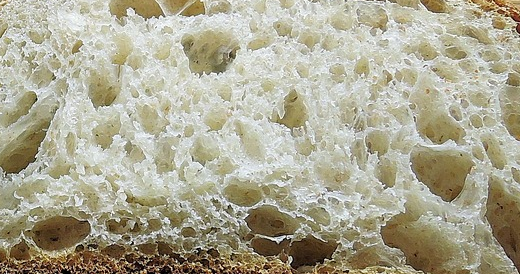Spirulina is not an alga
No, Spirulina is not an alga based on the classification of living things. Spirulina is often studied within the seaweed group of blue algae (Cyanophyceae) along with red alga (Rhodophyceae), green algae (Chlorophyceae), and brown algae (Phaeophyceae). But Spirulina is a bacterium, more precisely a Cyanobacterium (blue bacterium). These bacteria have a spiral aspect. They belong to the Arthrospira genera. The main commercial spirulina powder comes from the species Arthrospira platensis.
50 % of worldwide production comes from China. Spirulina is also grown in USA (California, Hawaï), in Africa, India, Peru, Brazil and Europe. For instance, in France there are more than 150 producers.
A scientific article from Veiria et al. (Link on this page) provide a review of economical and operational aspects of Spirulina culture specifically for biorefinery.
Spirulina is grown in large water pools between 30 and 37°C. The medium Is continuously agitated. Sodium bicarbonate, marine salt, potassium nitrate and magnesium sulfate are dissolved in the media to provide ideal growth conditions. Spirulina biomass is harvested, filtered and sewed in order to obtain a kind of purée then mechanically pressed. Then a thick green dough is obtained and extruded in filaments before drying and grinding. Spirulina is sold in various forms, either raw (sticks, powder) or in tablets, capsules, or liquid.
Spirulina has been a food source for various populations in the history. Aztecs used to consume Spirulina in 15th Century. Some historian suggested that spirulina was consumed long time before that in Tchad.
Modern world rediscovered spirulina benefits. FAO (Food and Agricultural Organization from United Nations) sponsored nutritional programs using spirulina in many countries facing undernutrition issues (see link to FAO dossier in this page).
In western countries, we went a bit too quickly to make spirulina a “superfood”. This is before all a very good source of nutrients and a great food supplement. As all food supplements, spirulina is used a complement to an already balanced diet.
Spirulina contains 60% of very digestible proteins, high iron levels, a lot of vitamins, minerals and on top of that many antioxidants. Spirulina is rich in a specific enzyme, superoxide dismutase (SOD) very appreciated in food supplements and cosmetic products.
Spirulina is also full of omega 3 fatty acids. The blue-green color is due to a mix of plant pigments including chlorophyl but also phycocyanin.
Spirulina is applied as food ingredient or directly sprinkled on dishes or dispersed in beverages. Spirulina is used to a large extend in food supplements in pills, capsules and in the cosmetic products. At a matter of fact, its restorative and antioxidant properties are well communicated by cosmetic producers.
Spirulina provide a good plant protein source in partial replacement of meat, soy and milk proteins. Spirulina protein contain 9 essential amino acids and its production is very sustainable.
Some companies are proposing fresh spirulina, or spirulina cream for mixing into recipes (like pesto) or for functional molecules development.
Science 2 Food is providing support to a French producer, Spirulines Productions (link on this page).
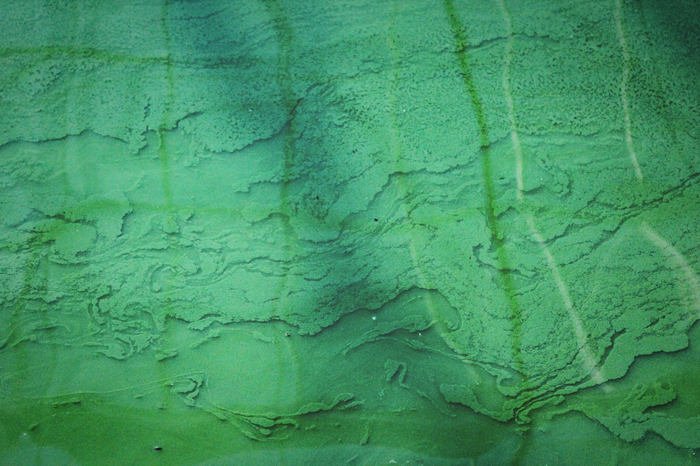
Picture from Vita Marija Murenaite on Unsplash
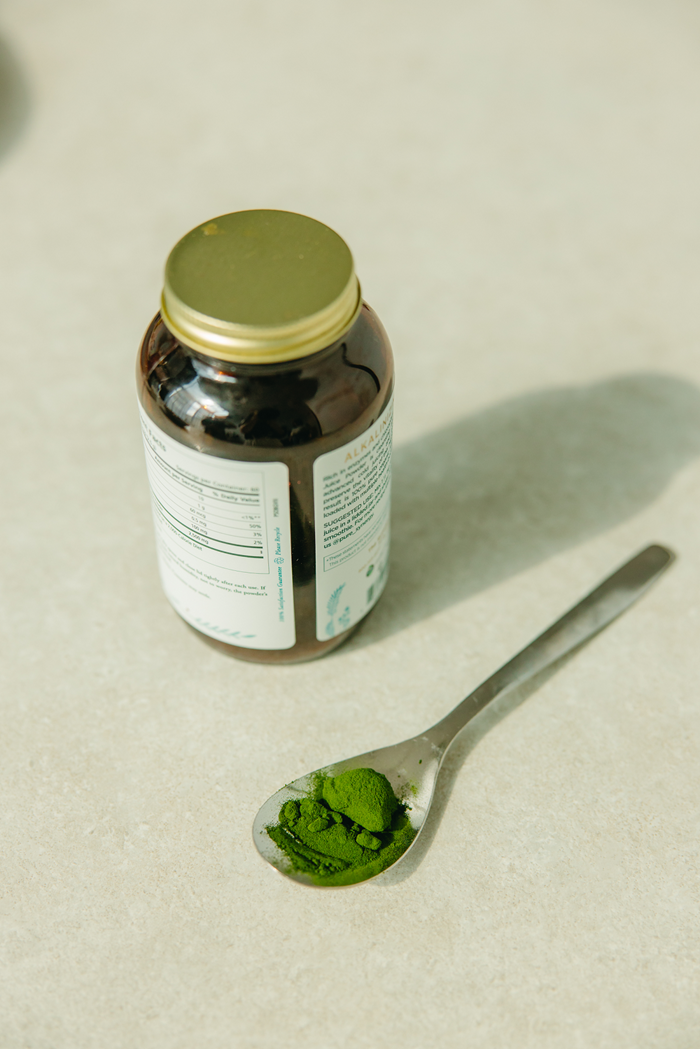
Picture from Nadine Primeau on Unsplash
